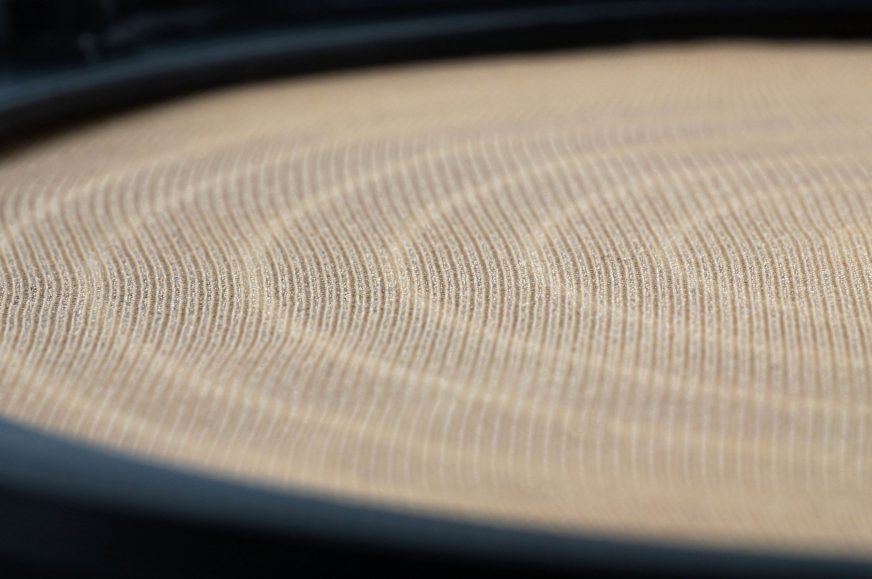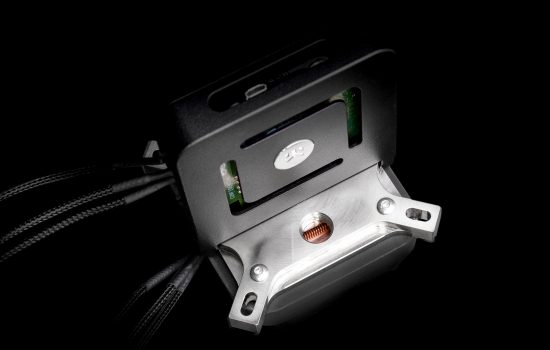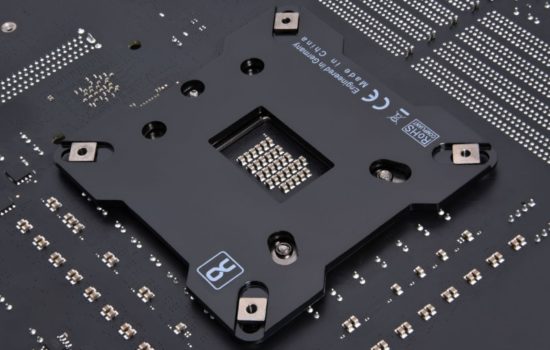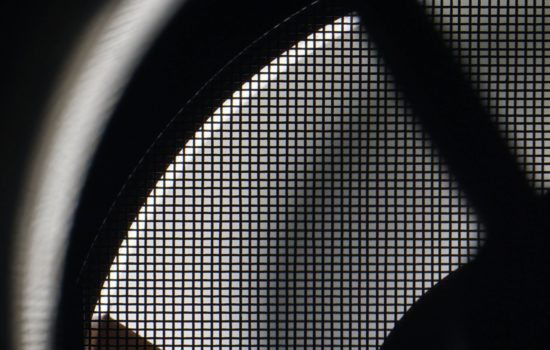Someone on their legs, us on the fans
Socks, stockings or tights made of silon also attract uses other than on our legs. Enthusiasts can use the material to make, for example, a dust filter for a PC fan. It’s effectiveness then depends on the thickness of the silon fibre. However, tests show that whatever type you use, it is a rather unsuitable solution. And it’s also difficult for robbers who don’t worry too much about the mask and just need a visit to the drugstore before the job.
Over the past week, we’ve tested nearly every type of dust filter you’ll encounter in computers – nylon, plastic and foam. Then there are the aluminium grille variants, which we’ll also cover at some point. But for some time, this series will conclude with tests of properties of the filters we’ve cut out of silon underwear. It should be noted here, however, that like everything else, silons are produced in varying quality. In fact, it’s probably more about durability, because the differences lie primarily in the strength of the silon fibre used. This is expressed in units of ‘denier’. The lower the number, the finer the fibre.
We tested the effect of the silon mesh with excisions of 20 and 40 denier. Thus, on the one hand almost the softest and on the other almost a robust material. To get a better idea of the structure we have comparison photos. While through the 20 denier piece you can see the rotor clearly, the 40-denier practically hides it, because of smaller gaps. These silon fibers in both cases consist of polyamide (which is always at least 80%) and elastane, which makes the material flexible.
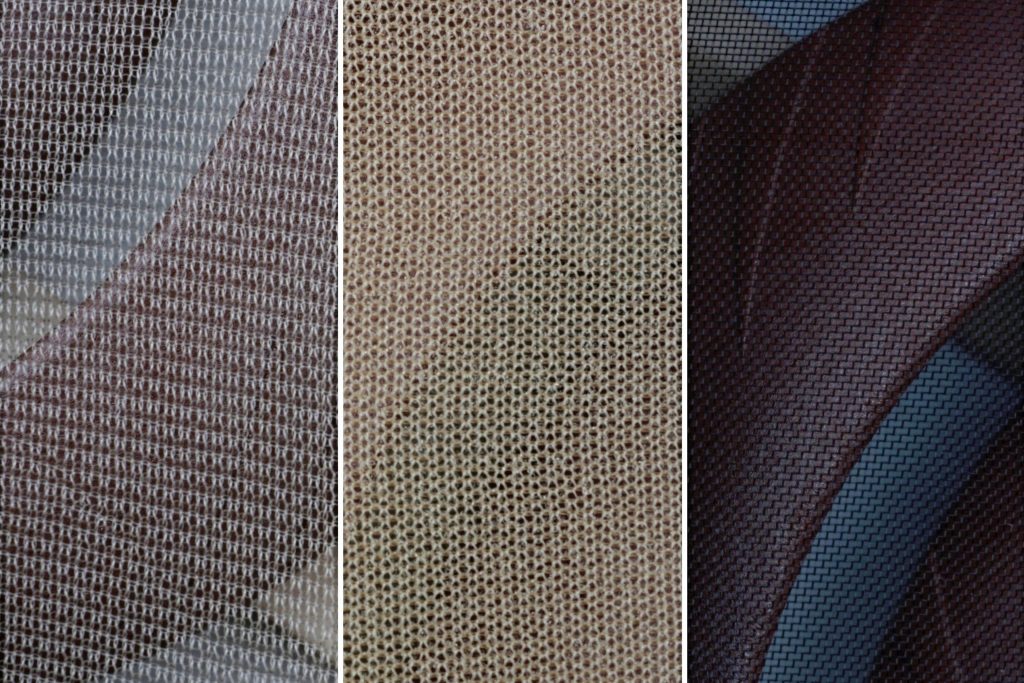
In order to make the installation of the silon sheets in front of the fan reliable, we used a circular grille. The same one that we compared with the hexagonal grille. Recall that the circular grille has a very good aerodynamic shape and only degrades the fan performance to a negligible degree. Nevertheless, when studying the results, its use should be taken into account.
For the measurements we used Noctua Fan NF-A12x25 PWM. Firstly, because it is a fairly popular and widely used fan. Moreover, it is from a higher price category and one can assume that its owners will be interested in how it handles dust filters. Although we will be using not only filters but also other obstacles in our standard fan tests, a separate article with a slightly modified methodology is also appropriate.
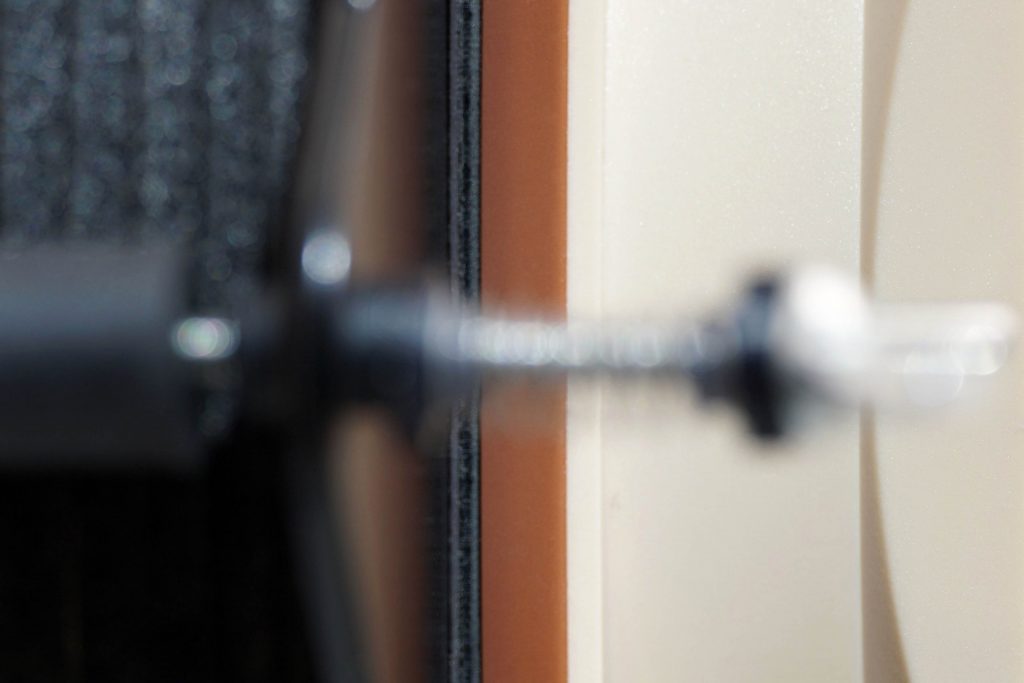
We measure both airflow and pressure in the wind tunnel as described in the fan test methodology, but we measure noise a little differently. We don’t equate the latter to the same level in these filter tests, but we have fixed levels of operating voltages of the test fan. This is so that the filter (and later grille) tests can show the increase in noise that is caused by the greater mechanical resistance if an obstacle is placed in front of or behind the rotor. Thus, we use the NF-A12x25 PWM with 9 V (~1650 rpm), 7 V (~1330 rpm) and 5 V (~980 rpm). We didn’t test at maximum power because few will be blasting through dust filters at around 2100 rpm, where the Noctua is as well, naturally, noisy.
Don’t be alarmed by higher noise levels in the results. They are so because we increase the sensitivity of the sensing to a high enough resolution even for very low speeds by a parabolic collar around the noise meter. We also use the same fixture for in-depth sound analysis, where we measure noise levels in the 20-20,000 Hz range at 240 frequencies. For more on this topic, see Get familiar with measuring the frequency response of sound. If you are interested in fan tests and don’t know how to read spectrograms yet, we recommend you to complete the overview, it will come in handy.
The article continues in the following chapters.
- Contents
- Someone on their legs, us on the fans
- Results: impact on airflow, pressure and noise
- Results: frequency response of sound
- Tedious and yet unnecessary





